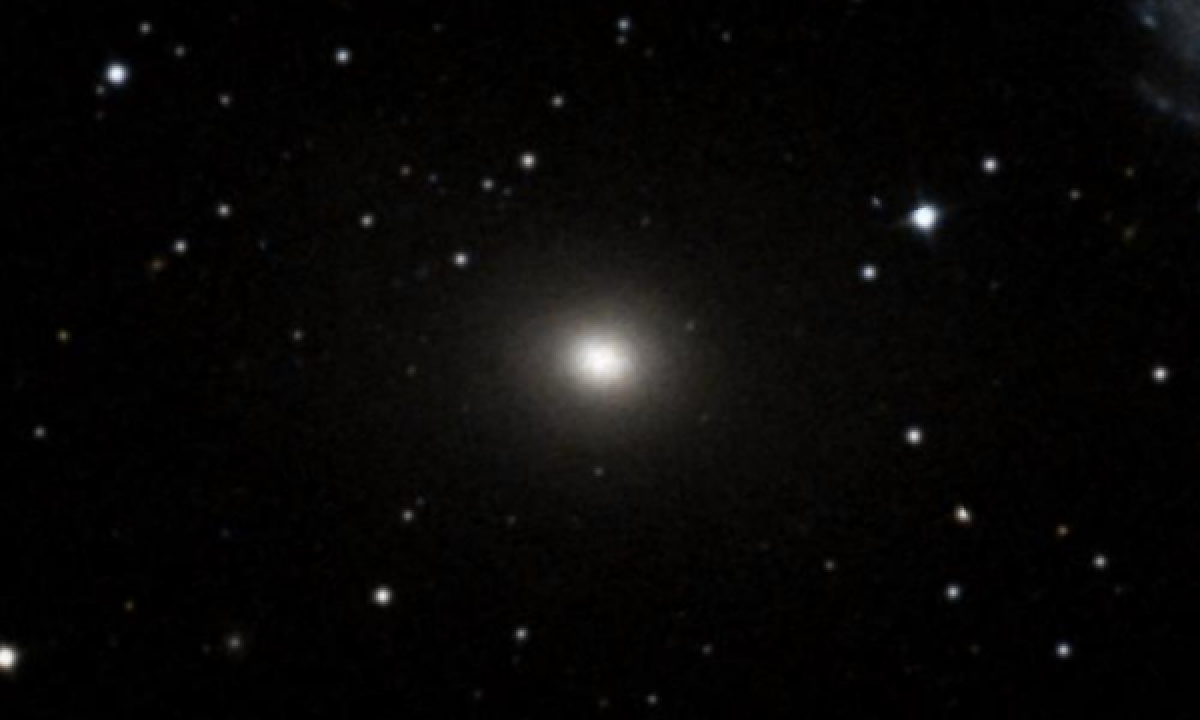The New General Catalogue of Nebulae and Clusters of Stars (abbreviated as NGC) is a catalogue of deep-sky objects compiled by John Louis Emil Dreyer in 1888. The NGC contains 7,840 objects, known as the NGC objects. It is one of the largest comprehensive catalogues, as it includes all types of deep space objects, including galaxies, star clusters, emission nebulae and absorption nebulae.
Know more about NGC
NGC 2300

NGC 2300 is a lenticular galaxy in the constellation Cepheus. Its velocity with respect to the cosmic microwave background is 1876 ± 7 km/s, which corresponds to a Hubble distance of 90.2 ± 6.3 Mly (27.67 ± 1.94 Mpc). However, 11 non redshift measurements give a distance of 131.98 ± 21.75 Mly (40.464 ± 6.668 Mpc). The galaxy was discovered in 1871 by French astronomer Alphonse Borrelly using an 18 cm telescope. Together with NGC 2276, they form the 114th object in Halton Arp's Atlas of Peculiar Galaxies. According to the SIMBAD database, NGC 2300 is an Active Galaxy Nucleus Candidate, i.e. it has a compact region at the center of a galaxy that emits a significant amount of energy across the electromagnetic spectrum, with characteristics indicating that this luminosity is not produced by the stars. NGC 2300 may be the closest discovered giant radio galaxy (GRG), it has large radio lobes that stretch roughly 3.5 million light years across. The radio lobes have an apparent size of 132 arcmin, the largest of any giant radio galaxy. However, the radio lobes host was not identified with certainty and they may be hosted by NGC 2276, but this is unlikely because it is a spiral galaxy. One supernova has been observed in NGC 2300: SN 2024uai (type Ia-91bg-like, mag. 16.58).
More Images:

Sources:
Wikipedia Page: NGC 2300
NGC 2300 at In-The-Sky website
